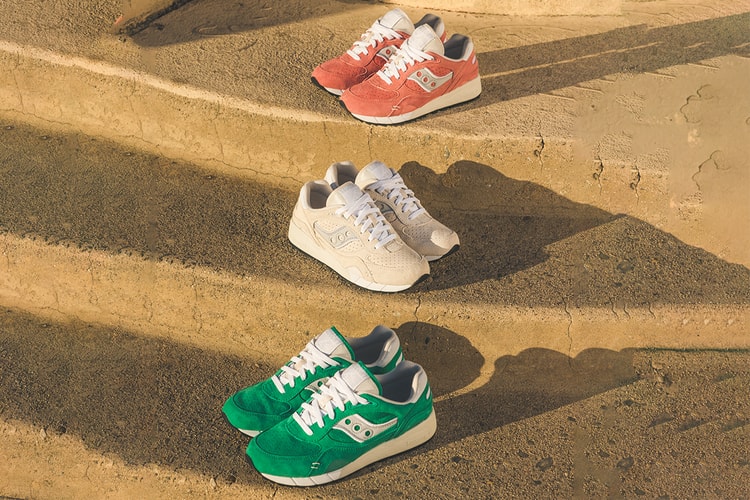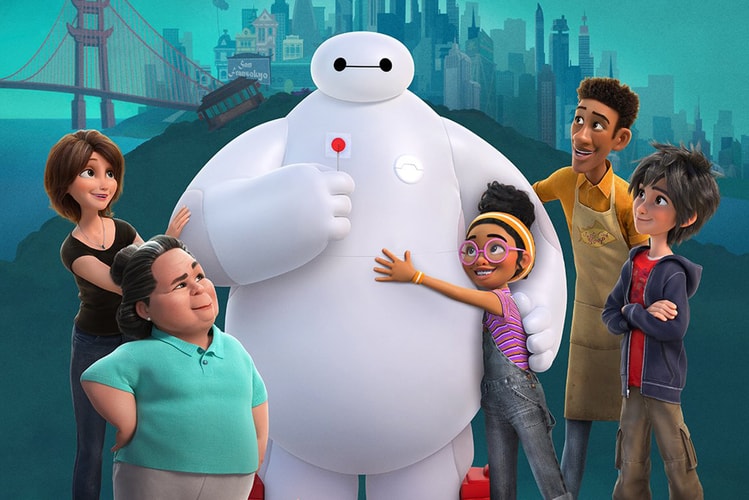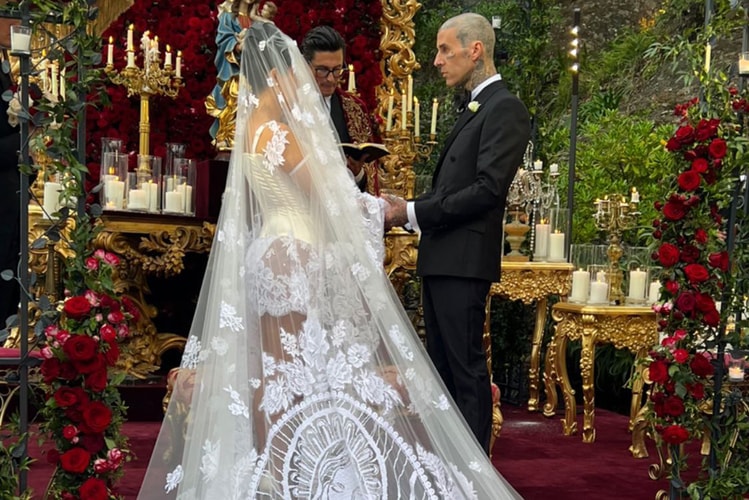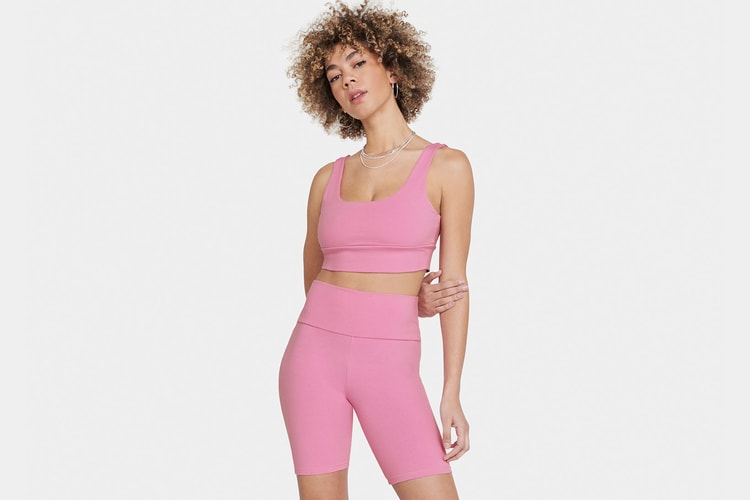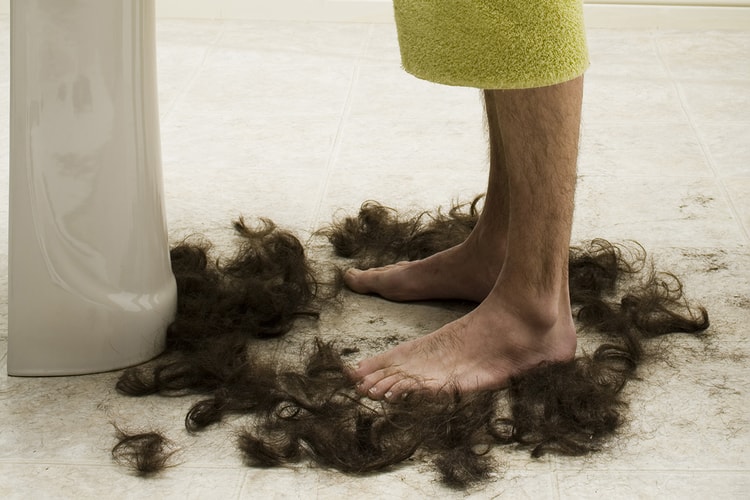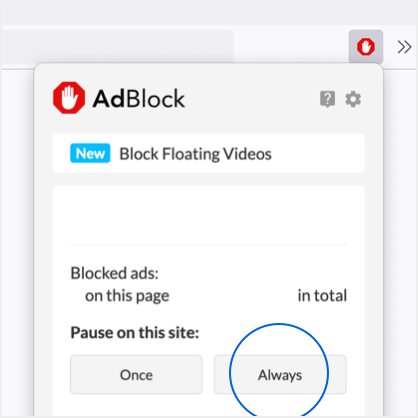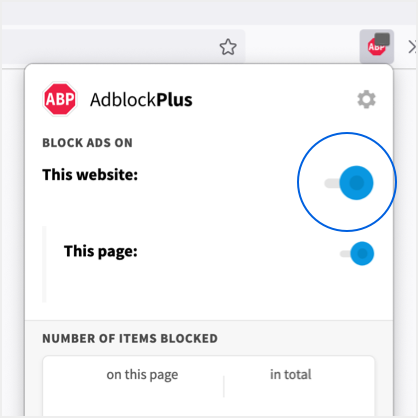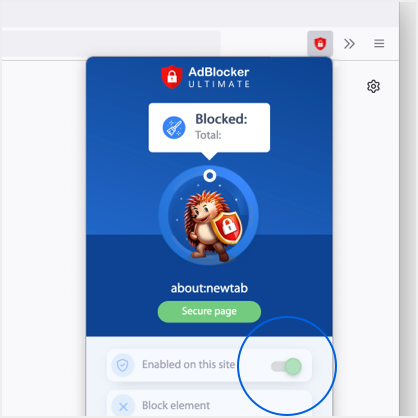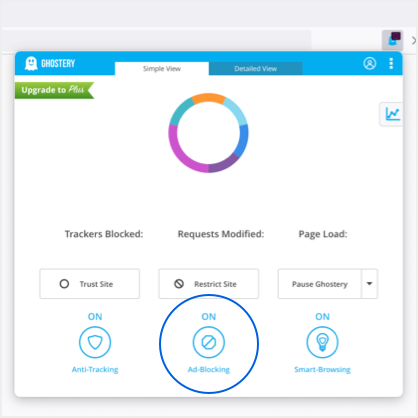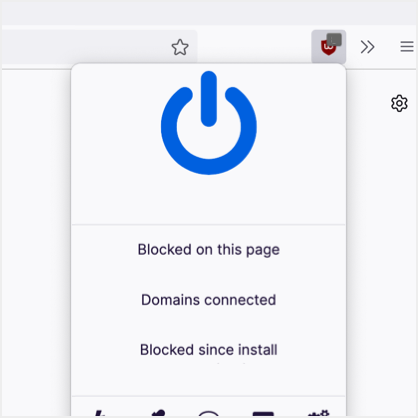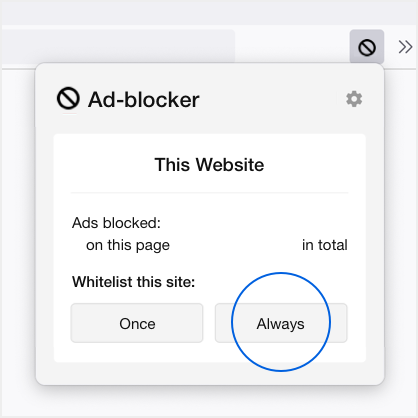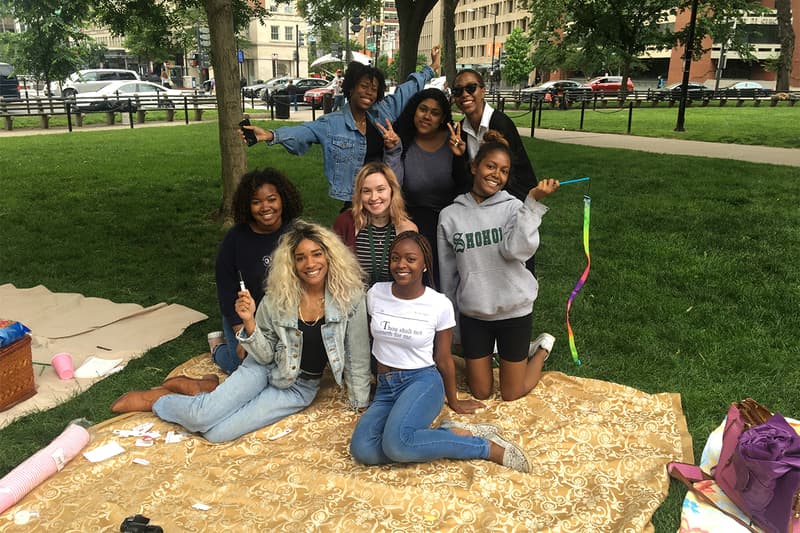
Sad Girls Club Creates Space for Black Women To Be Soft
Hypebae interviews Elyse Fox and Brianne Patrice of Sad Girls Club.
In recent years, the stigma around mental health has steadily waned as the pandemic has made abundantly clear to many just how common and severe mental illnesses like depression and anxiety can be. While the mainstream has started to open up to learning more about the unsavory parts of the human mind, Black women are being left behind in the movement.
The rate of Black women who die by suicide is 200% more than the average, excluding indigenous people, since 2007. The fact that this alarming statistic continues to increase demonstrates an overwhelming systemic failure in our culture. Black women’s pain often goes ignored as the “strong Black woman” misleads people into thinking we can handle more than we can bear, including ourselves. This is where Sad Girls Club comes in.
Founded by Elyse Fox and co-operated by Executive Director Brianne Patrice, the online initiative is meant to provide a truly inclusive place for women and femme-aligned folks of color. The designated social media platform is a digital sister circle for Black women looking for a safe space to express their more complicated feelings. Made specifically for Black women to be involved in a community with one another, Sad Girls Club‘s overarching mission is to help others realize that they are not alone in their struggles and that healing is possible.
Continue reading for Hypebae’s interview with Elyse Fox and Brianne Patrice below.
What led to the start of Sad Girls Club?
Elyse Fox I started Sad Girls Club in 2017 after I was living in LA for five years and had just gotten out of an abusive relationship. I was dealing with a suicide attempt and was faced with navigating what my life would like moving forward from that experience. It was a choice of either dwelling on it or creating something from it. I never had the intention to create a non-profit, but Sad Girls Club slowly evolved from a film I made about my anxiety and depression.
I was super embarrassed to put it out into the world. I wasn’t sure how people would resonate with it. Keep in mind that this was 2016 when there were very few mental health resources and specifically for Black women. Once I did put it out, it was very well received and many people resonated with it in specific ways, for better or worse. That response inspired me to start a hub to have these deeper conversations. I started the Sad Girls Club Instagram page as a space for us to congregate and from there, we held in-person gatherings. Despite being low on funds, I was able to bring together people to talk about their mental health journeys. What was most interesting was the diversity of our attendees’ backgrounds. We had very affluent women from the Upper East Side to women in Brownsville show up, which just goes to show that you never know who’s experiencing mental health issues. There is no one way depression, anxiety,or PTSD looks. From that initial meeting, Sad Girls Club snowballed into what it is today.
We have that good balance where people might not understand us, but we understand each other and that’s all that matters.
Brianne Patrice I came to SGC as a writer as that’s my trade. I started writing for the blog and saw the opportunity to get more involved in the organization and at the time, Elyse was on maternity leave and shortly after she came back, we came together to figure out how I could grow within SGC as mental health is extremely personal for me. Coming from a Southern Christian household, mental health just wasn’t something that was discussed. I came to SGC at a dark point in my life, as my daughter was sick and I was homeless, so having a space where I could be in conversation with other Black women about our hardships and process my pain was more important than ever. Over time, Elyse and I have become like sisters.
Can you speak about your experiences with the cultural stigma around speaking about mental health?
EF I’m a first-generation Caribbean-American. My dad is from the Bronx, while my mom is from St. Kitts, so there was a lot of material and physical support, but not a great deal of emotional support. There just wasn’t a lot of safety and trust to talk about why I was feeling so “weird.” Those conversations were usually waved off and not seen as valuable and I think that stems from their culture and what they were taught. The reason I started SGC was due in part to the nonchalant attitude around my suicide attempt. When I came home, my family perceived me going to the clubs and having fun as being “okay” when I very much was in the aftermath of something serious. When I was trying to find ways to cope, I was looking for spaces online with girls that looked like me and the vast majority were boring and very clinical as well as white and privileged. I couldn’t afford therapy when I moved back to New York and I created SGC because I didn’t see anything else out there. I really wanted to create the space for girls who don’t have the language quite yet to articulate the state they’re in or who just want to sit and hear other people’s stories and relate to their experiences. I like to think of the SGC as the Alcoholics Anonymous of mental health because we’re not your professional therapist, but we’re not your immediate friend group either. We’re that in-between sweet spot where you can share those almost too dark inner thoughts with a crowd that understands where you’re coming from without shame. We have that good balance where people might not understand us, but we understand each other and that’s all that matters.
The rate of deaths by suicide for Black women has increased by 200% since 2007 and since then has continued to rise during the pandemic.
Could you speak to the importance of communal healing and what that looks like for you?
EF When I was thinking about what I wanted SGC to be, I always went back to the ancient form of storytelling. I feel that we lose a bit of that with the internet and social media, as well as with panels where people are talking at you and not with you. When you integrate the aspect of true community, you get to connect with people in a way that digs deeper than what is prominent in our day-to-day life. I think that SGC does a great job of pulling our community offline. We’re all addicted to our phones and technology, but with the circle we’ve built, people within it are comfortable with saying, “I’m putting my phone face down.” We always set boundaries and rules when we’re having a meeting and state what we’re comfortable with discussing and people feel very supported within that framework. I think many yearn for emotional safety and comfort because we are not often granted that in our own households or even in our immediate friend groups, we may not dig that deep. We really encourage people to take these conversations beyond our meetings and introduce them into their own inner circles. Your friends shouldn’t just be there for the great moments, but also for the bad.
When it comes to seeking out mental health resources, it’s important to find people who look like us, who understand what it means to live in the body and identity that we face the world in.
BP I think SGC also does a great job of humanizing us, especially when Black women are not seen as human. We’re told that our experiences aren’t real, that we’re supposed to shoulder a lot of the burden. Black women are taught to be of service, but not to be serviced. I grew up in a household where my stepfather was abusive toward me. I was raped at 17 and internally, especially within the Black community, we’re taught that “what happens within a household stays within a household.” We grow up thinking that we have to internalize these things, that what we experience might not have really happened in the way we remember it, so we start to doubt our experiences so we start to think, “Maybe it wasn’t as bad as I thought it was” or “Maybe I did something to deserve it,” because we are taught that our experiences are not real and are not ours, so I think SGC does a good way of validating those experiences. We provide a space where it’s okay to talk about these things, to call people out, and set those necessary boundaries for your peace of mind. SGC offers a lot of solidarity in bringing together folks who have gone through similar struggles, regardless of the varying details. It presents the potential of hope through the community.
Why is it so important to have racially competent mental health care?
EF The rate of deaths by suicide for Black women has increased by 200% since 2007 and since then has continued to rise during the pandemic. The fact that no one is talking about this fact is proof that people don’t deem us as important. While there are more resources, it’s obviously not enough, so with me creating this space, I always encourage others to carve out their own niche to help others, because while I can help a great number of people, I can’t help everyone. It’s extremely important to lift as we climb and build other Black women up because no one is taking care of us, so we have to take care of ourselves and one another. To have spaces that are specifically made for Black women so people see themselves in our meetings and there’s this immediate layer of understanding that wouldn’t otherwise exist if a woman of color wasn’t directing and informing each aspect. In the past, I’ve been shy about explicitly calling it a space for Black women, but over time have become more confident in that as it’s so important to have these individualized spaces for healing when trauma doesn’t occur in a vacuum.
BP Relatability is crucial in therapy — white therapists can’t relate to what it means to be Black, whereas a Black male therapist can’t fully understand what it means to be a Black woman, no more than I understand what it means to be a Black man. When it comes to seeking out mental health resources, it’s important to find people who look like us, who understand what it means to live in the body and identity that we face the world in. There’s a deeper kind of connection that occurs when we’re speaking to someone who experiences the struggles that we do.
What are some of your go-to coping mechanisms?
EF Logging off my phone is something I’ve been trying. My son is my biggest reminder as he’ll just grab my phone and throw it. Being intentional about unplugging is helpful as we’re so saturated in the news cycle. It’s hard to escape, but not subjecting yourself to doom scrolling or even benign news on your feed can make a difference. I see the change in myself when I’m not on social media on Sundays. I know I’m going to be tapped in as soon as Monday rolls around, but having those built-in quiet moments certainly helps my state of mind. I also make sure to celebrate every win, whether it’s big or small. I try to take the time each week to appreciate what went really well for me. Lastly, I think therapy is a big part of self-care and is absolutely something we should prioritize and view as an act of care and love for ourselves, rather than just self-work.
BP Remembering that stillness doesn’t equate to silence. You can still advocate for your community and make change, while understanding when you need to rest and pass the torch onto someone else. As activists, when we’re in this work, we feel like we constantly have to be at the front lines and there’s power in saying, “I don’t have energy for this today.” When I’ve had time to recharge and regroup, I can jump back in. It’s okay to not be on all the time.




